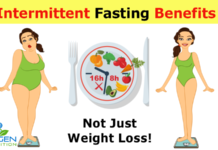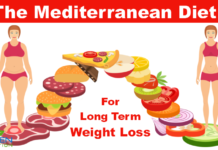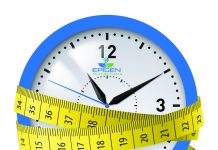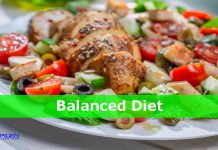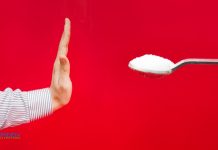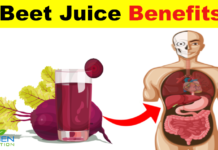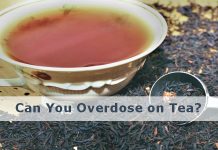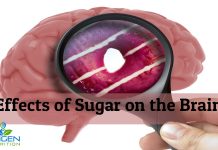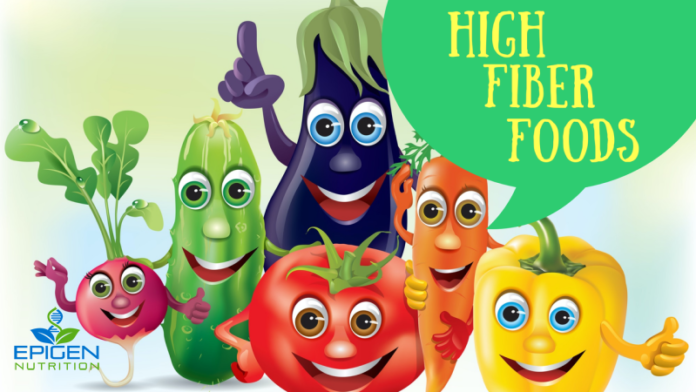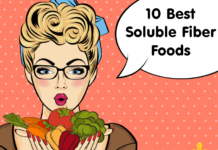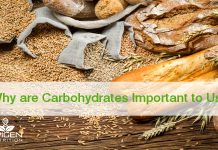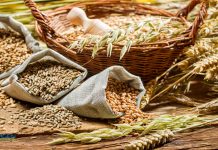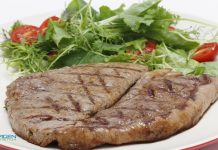Have you ever noticed how often we are told that we need to eat more fiber rich foods?
And although some of us do take note and make an effort, a lot of people are not even aware of what high fiber foods are.
Dietary Fiber used to be referred to as roughage, and is made up of a group of substances that are found in plant foods which can’t be entirely broken down by human digestive enzymes.
So in essence, fiber is the indigestible cell wall parts of plant material.
These include: Lignin, waxes and polysaccharides, such as pectin and cellulose.
Fiber is roughly similar to sugars and starches due to its carbohydrate composition.
But, because of the type of carbohydrates that fiber consists of, the human body just can’t digest it, while on the other hand the carbohydrates found in starches and sugars can be digested.
However, even though our bodies can’t digest the carbohydrate we get in fiber, it does help our system digest other foods, and keeps our whole digestive system functioning properly.
Another aspect related to fiber that most people are unaware of, is that there are actually two common types.
These are soluble and insoluble fiber, now they both act differently when they are in our bodies, but both are essential to our digestive health.
The Two Common Fiber Types:
The names given to these 2 types are basically self-explanatory.
Soluble fiber can be dissolved in water and insoluble fiber, as its name suggests, cannot be dissolved in water, and so it can resist digestion.
Both types can be found in all plant foods, but they often vary in the amounts the plants contain.
Insoluble Fiber
Insoluble fiber can be found in foods like bran, nuts, seeds and other whole wheat foods.
It helps to form the waste mass that passes through the bowels and assists in preventing the occurrence of constipation and diarrhea.
In addition, because insoluble fiber is solid it allows the forming stool to stay nice and compact.
This enables the stool to travel easily into the intestines.
Insoluble fiber also works like a kind of scraper, which cleans the walls of the digestive tract as it passes through.
As the insoluble fiber moves along, it will gather up waste particles so they can be expelled from the body.
Soluble Fiber
You can get your soluble fiber from sources such as vegetables, beans and fruits.
Soluble fiber functions in a different way to insoluble fiber.
It dissolves in water to form a kind of gel-like material.
Soluble fiber is helpful for increasing stool bulk, and promoting the movement of materials through the digestive system.
This can be quite beneficial to people that struggle with irregular stools, or constipation.
As soluble fiber retains water and turns to gel during the digestion process, it also slows digestion and nutrient absorption from the stomach and intestines.
So if you eat foods containing soluble fiber, you will feel fuller for longer.
This is a good reason soluble fiber rich foods should be considered to be an important part of any weight loss diet plan.
As an added bonus, an increased soluble fiber intake has been shown to have the added benefit of being able to lower blood cholesterol and glucose levels.
Now you have got a basic understanding, of why it is such a great idea to start including high fiber foods into your diet.
If you are not used to them, I urge you not to jump right in and suddenly pile loads up on your plate.
Introduce your fiber intake in a slow and steady manner.
This will give your body time to adjust to any increase, in the amount of non-digestible material you are starting to eat, so you shouldn’t feel any discomfort.











